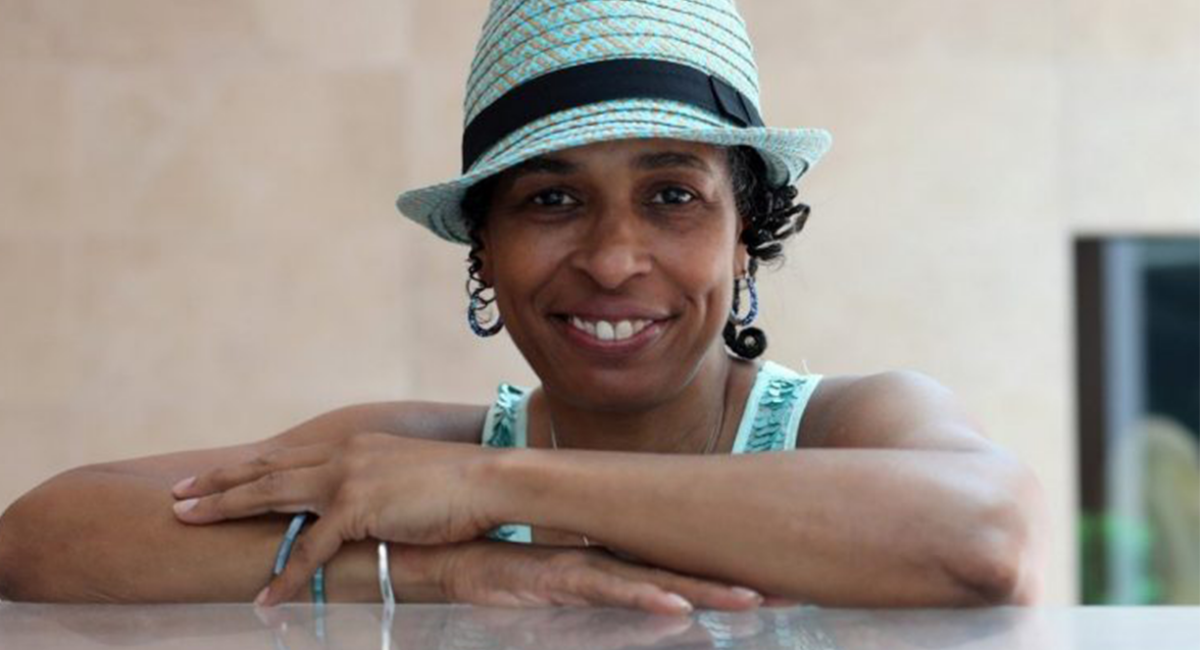To celebrate Black History Month, we have created a list of some of the most influential black engineers through history.
As you can see from the impressive, but by no means exhaustive, list below, black men and women have significantly contributed to the creation and development of many technological advances that have propelled the world’s progress. It’s important to recognise that the achievements of these people often came in the face of racial bias, poor financial backing and systemic roadblocks, making them even more remarkable.
Elijah McCoy (1844 – 1929)
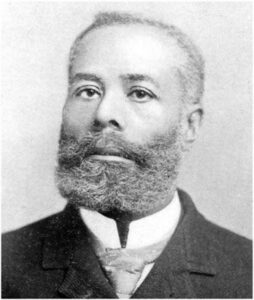
Photo credit: Mason Report
One of 12 siblings, Elijah McCoy was born in Canada in 1844 to parents who had escaped slavery in America. In 1859 he was sent to Scotland to undertake an apprenticeship and study mechanical engineering at the University of Edinburgh.
On his return to the US, he looked for work as a mechanical engineer. Sadly, racial prejudice meant he was denied skilled employment, so instead he became a fireman and oiler for the Michigan Railway.
Whilst working for the railway, he noticed the inefficiency of the existing system of oiling axles. To make things run more smoothly, he invented an automatic lubricating device that oiled the steam engines of locomotives while they were still moving. This improved efficiency by allowing trains to run continuously for long periods of time without pausing for maintenance.
The device was so successful at improving the efficiency of trains, railroad engineers requested it by name to avoid being sold an imitation. Some say this is where the phrase “The real McCoy” comes from!
McCoy was a prolific inventor, going on to hold over 60 patents for his various creations, with many still being used to this day.
Lewis Howard Latimer (1848 – 1928)
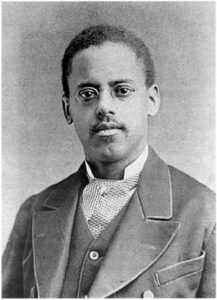
Photo credit: Wikipedia
Lewis Howard Latimer was born in Massachusetts in 1848 to parents who had also escaped slavery in America. At the age of 16, Latimer lied about his age to enlist in the Navy during the Civil War, serving as a Landsman on the USS Massasoit.
Following an honourable discharge two years later, he accepted a position as an office boy at a patent law firm. It was during this time where he taught himself mechanical drawing by copying the work of draftsmen at the firm. His obvious talent meant that he was quickly promoted to become a draftsman himself.
Over the years, his impressive knowledge of patents and electrical engineering lead him to partner with a number of famous inventors, including Alexander Graham Bell, helping him to draft the patent for the telephone, and Thomas Edison, helping him to promote and defend his lightbulb design.
Latimer even went on to improve on Edison’s original design by modifying the process for making carbon filaments, thereby stopping the lightbulb from burning out too quickly.
As well as assisting with many famous inventions, Latimer designed many of his own, including an improved railroad car bathroom and an early air conditioning unit. He also volunteered at the Henry Street Settlement in New York, teaching English and drafting skills to immigrants for free.
Otis Boykin (1920 – 1982)
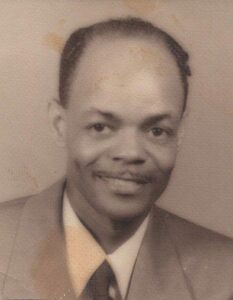
Photo credit: Wikipedia
Otis Boykin was born in Texas in 1920 and graduated from Fisk College in Tennessee on a scholarship in 1941.
Following his studies, Boykin gained employment as a lab assistant at Majestic Radio and Television Corporation before going on to work for the P.J. Nilsen Research Labs. He took a special interest in resistors, researching and inventing his own prototypes. In 1959, he received a patent for a wire precision resistor that would later be used in radios and televisions across the world.
Two years after receiving this patent, he created a breakthrough electronic control device that could withstand extreme temperature and pressure changes. This device, which was also cheaper and more reliable than its competitors, went on to be used by the US military for guided missiles and IBM for computers.
During his lifetime, Boykin held over 26 patents. He is best known for inventing an electronic control device for an artificial cardiac pacemaker. The device uses electrical impulses to maintain a regular heartbeat and has saved millions of lives worldwide.
Walt Braithwaite (1945 – present)
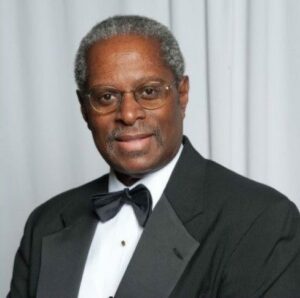
Photo credit: National Society of Black Engineers
Born in Jamaica in 1945, Walt Braithwaite received a degree in engineering in 1965 from the American Institute of Engineering and Technology before joining Boeing, the world’s largest aerospace company.
Braithwaite’s passion and talent meant that he quickly rose up the ladder at Boeing, seeing him lead the development of some of the most advanced aircraft and computer-based systems of the time.
In 1975, he was the senior engineer responsible for the development and implementation of computer aided design software at Boeing, otherwise known as CAD. This invention went on to revolutionise the way engineers across the world designed technical products, removing the need for pen and paper drafting. CAD software is now an integral part of the design process across a range of industries, aiding in the creation, modification, analysis and optimisation of a design.
Braithwaite went on to become the highest ranking black executive at Boeing, becoming Vice President of Information Systems and President of Boeing Africa. In 1995, he won the Black Engineer of the Year Award for his trailblazing technical achievements.
Dr. Aprille Ericsson-Jackson (1963 – present)

Photo credit: South China Morning Post
Born in the projects in New York in 1963, Dr. Aprille Ericsson-Jackson was the first African American woman to receive a PhD in Mechanical Engineering from Howard University and a PhD in Engineering from the NASA Goddard Space Flight Centre.
She has held numerous positions during her 30-year career with NASA, and has been instrumental in deepening the organisation’s knowledge of the solar system. Currently, she manages the Ice, Cloud, and Land Elevation Satellite, a $240 million instrument that measures changes in atmospheric and sea levels.
Alongside her role at NASA, Ericsson-Jackson teaches mathematics and mechanical engineering at both Howard University and Bowie State University.
Her astonishing achievements have seen her receive much recognition throughout her lifetime. She was named as one of the ‘Top 50 Minority Women in Science and Engineering’ by the National Technical Association, received multiple NASA Goddard Honour Awards, was elected to the Howard University Board of Trustees in 2004, and received a Science Trailblazers award from the Black Engineers of the Year Conference.
At the British Engines Group, we believe that to best meet the challenges and opportunities of the future, we require a highly skilled, diverse and innovative workforce. We are committed to providing equal opportunities to people from all backgrounds, believing that a diverse and inclusive workforce is vital when it comes to engineering a future.
These beliefs form the basis of our company culture and core values which are built upon mutual respect and a recognition that each employee has a valuable part to play in our success.
Find out more about our commitment to equality and diversity.
